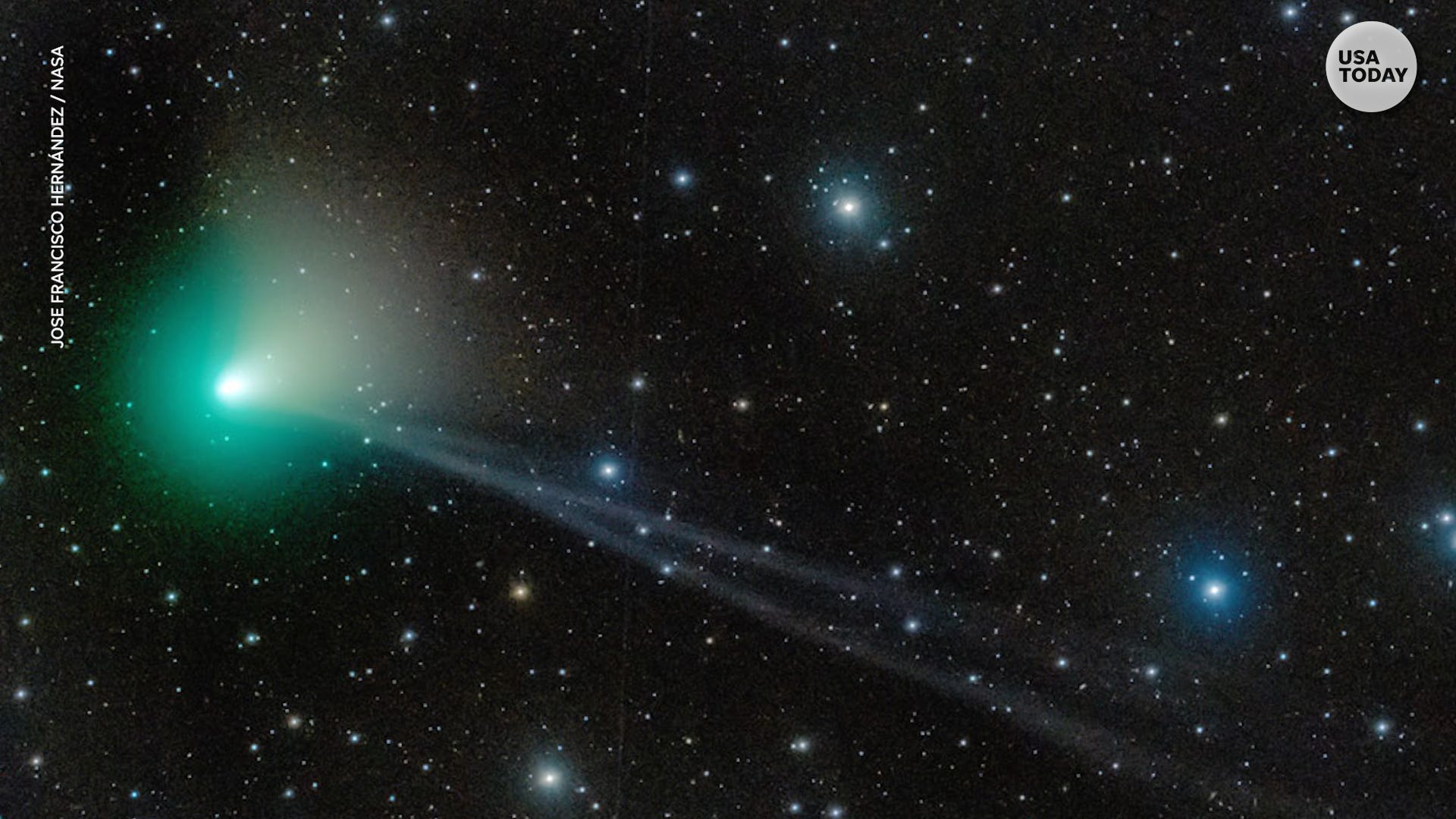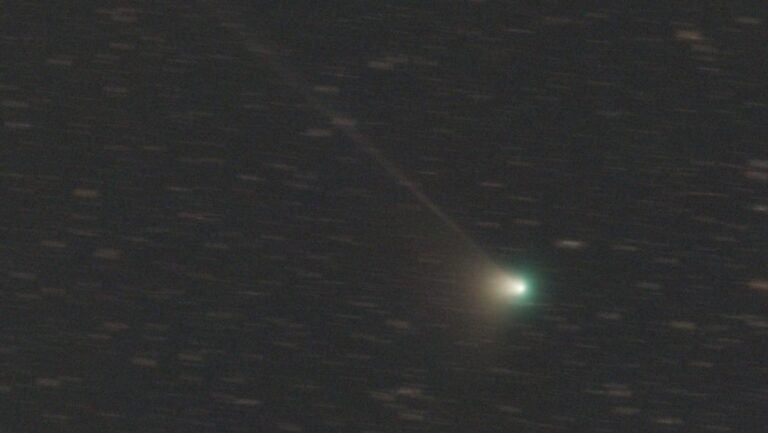
The green comet to pass by Earth, will not return for another 50,000 years
Astronomy experts say that if the comet named C2022 E3 ZTF ever returns, it won't be for at least another 50,000 years.
Scott L. Hall, USA TODAY
A green comet is coming to Earth's night sky!
You may have read online about a new, nocturnal visitor to the skies – a “bright” comet coming closer to Earth and appears pure green in color. I hate to be the bearer of bad news, but unfortunately, don't believe the hype about this comet. It must not be good.
The comet, called C/2022 E3 (ZTF), orbits the sun about every 50,000 years. If the comet behaves as predicted, it will not be visible to the naked eye. In fact, you'll need binoculars or even a telescope to spot it. An image of Comet ZTF taken by Cincinnati Observatory member Eric Harris required a 2 hour exposure.
I am looking:A newly discovered green comet is approaching Earth, what you need to know
A rare sight on earth:Where to watch the 2023 Green Comet
We haven't had a really bright comet since Hale-Bopp in 1997. And comet ZTF won't be as bright as 2020's comet Neowise. So if you're looking for the comet, lower your expectations. And bring a telescope.
The good news: Where to look for the 'green comet'
The good news is that Comet ZTF is moving quickly across the evening sky, so you can look for it at prime time. 25-31 Jan, after 9 p.m., scan the northern sky between Ursa Major and Ursa Minor with binoculars. You might find a small fuzzy star (this is what a comet might look like). In February, the comet will be higher in the sky overnight and appear above the North Star. It might be the easiest night to find it 5 February when Comet ZTF will pass by Capella, an extremely bright star in the constellation Auriga.
For more information and a finder chart for the comet, see:cincinnatiobservatory.org/dean-regas/deans-list.

